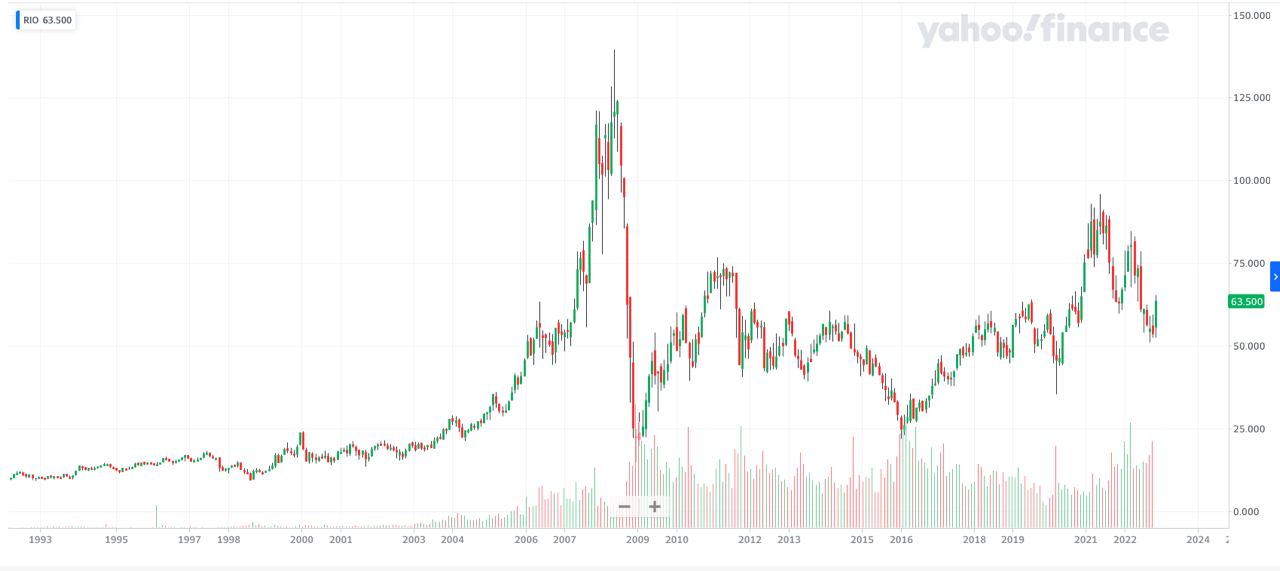Kevin Dietsch/Getty Images News
NASA’s launch on Wednesday of the Artemis I rocket on a trip around the moon has led a variety of aerospace companies to tout their roles in the historic mission. Boeing (NYSE:BA), Northrop Grumman (NYSE:NOC) and Lockheed Martin (NYSE:LMT) were among the corporations to comment on the launch.
The rocket put the Orion spacecraft on a path to orbit the moon before returning to Earth. The 26-day mission is a major step in the Artemis program’s goal to create a human settlement on the moon before going to Mars. The last time a person walked on the lunar surface was in 1972.
“Today, this country now has a super-heavy lift launch capability for the first time in 50 years,” Jim Chilton, senior vice president of Boeing’s (BA) Space and Launch division, said in a statement. “This test flight was a demonstration of engineering innovation, and we are ready to support NASA and their international partners in returning humans to deep space exploration.”
Boeing (BA) built the 212-foot rocket known as the Space Launch System. The company is currently building the next version of the rocket that will carry people to the moon, according to an announcement.
Northrop Grumman (NOC) built the boosters that helped to lift the rocket off the launchpad at Kennedy Space Center in Florida.
“The SLS rocket was launched by a powerful 7.2 million pounds of thrust from our solid rocket boosters which are the largest, human-rated solid rocket boosters ever built,” Wendy Williams, vice president, propulsion systems, Northrop Grumman, said in a statement.
The company has built the boosters for the Artemis II mission that will carry a crew and the Artemis III mission that will land the first woman on the lunar surface. Under its current $3.19 billion contract with NASA, the company will support the SLS and Artemis missions through 2031.
Lockheed Martin (LMT) built the Orion spacecraft that’s at the top of the rocket and will circle the moon before coming back to splash down off the coast of San Diego. The company also built the LunIR CubeSat that’s one of 10 small satellites to be deployed during the Artemis I mission.
“We’re witnessing history as Artemis I brings us one significant step closer to making NASA’s vision for human deep space exploration a reality,” Robert Lightfoot, executive vice president of Lockheed Martin Space, said in a statement.
Aerojet Rocketdyne (NYSE:AJRD) built engines and high-pressure tanks for the SLS rocket and Orion spacecraft.
“All of our propulsion systems, including the SLS first- and second-stage engines, performed magnificently today,” Eileen P. Drake, president and CEO of Aerojet Rocketdyne, said in a statement. “I want to offer my heartfelt congratulations to NASA for bringing the world’s most powerful rocket into service and look forward to the successful completion of the Artemis I mission.”
Jacobs Solutions (NYSE:J) oversees all the ground operations of the mission, including the assembly of the SLS and Orion spacecraft and developing the launch control software. The company will also help to recover Orion when it comes back to Earth.
“NASA’s Artemis I launch is a major milestone in the agency’s new era of human spaceflight in deep space, and the first phase for humanity’s return to the lunar surface,” Steve Arnette, executive vice president and president of Jacobs Critical Mission Solutions, said in a statement.
L3Harris Technologies (NYSE:LHX) L3Harris designed and built electronics parts for the SLS program and the Artemis I mission. It completed the hardware for Artemis II, which is currently scheduled to launch in May 2024.
“For decades NASA relied on L3Harris’ expertise and technology – from early spacecraft through the Mercury, Gemini, Apollo, Space Shuttle, International Space Station and Mars missions,” Kristin Houston, president of Electro Optical at L3Harris, said in a statement. “Today’s successful launch will provide valuable data enabling us to refine our technologies in support of future SLS missions.”














